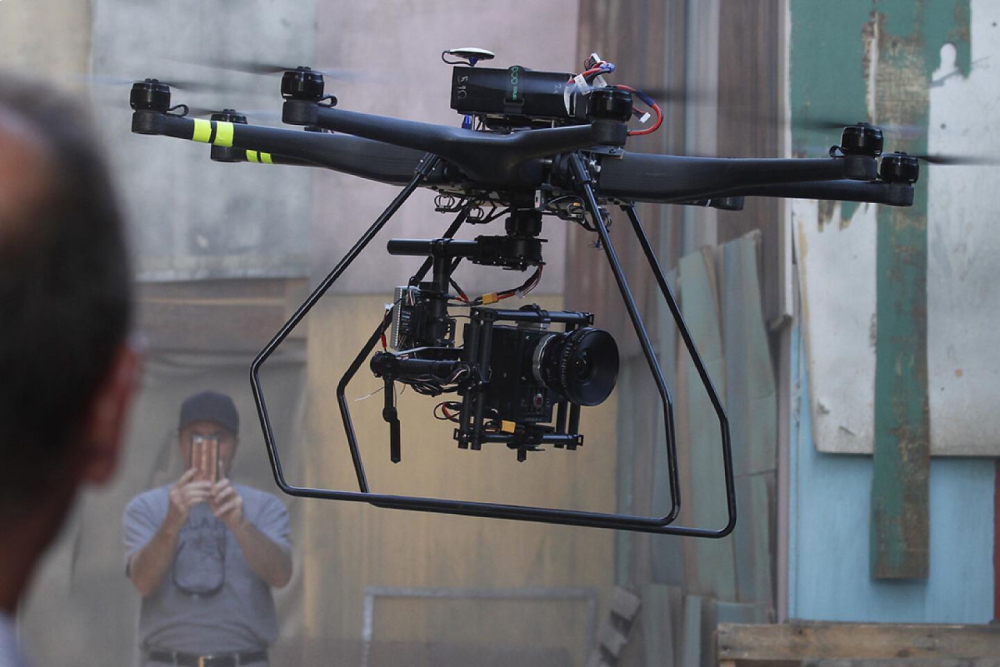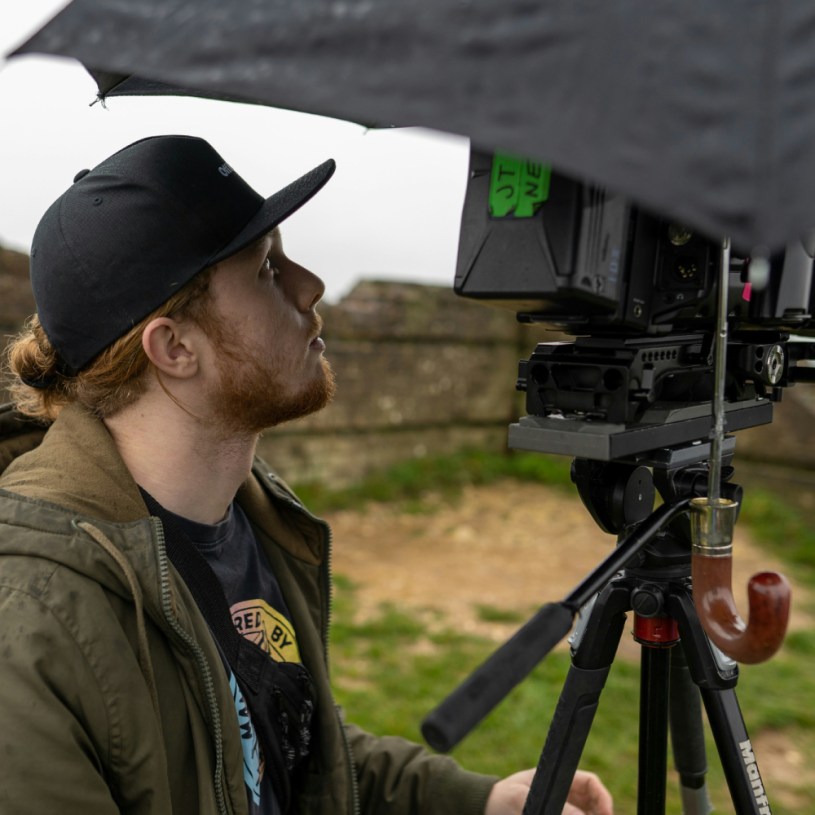The Australian film industry is facing new challenges, from technological advancements to global health concerns. Understanding these emerging risks and how to insure against them is essential for filmmakers. Here’s a brief overview.

Drones and Aerial Filming
Drones have transformed aerial filming, offering breathtaking shots affordably. However, they come with risks such as accidents and privacy infringement. Drone insurance covering liability for bodily harm or property damage is essential. Ensuring drone operators are certified and follow Civil Aviation Safety Authority (CASA) regulations in Australia is also crucial.

Cybersecurity
The digitalisation of film productions increases the risk of cyberattacks, including data breaches and ransomware threats. Cyber insurance can cover data recovery costs, legal fees, and ransom payments. Implementing strong cybersecurity measures and regular staff training is vital.
Climate Change
Climate change leads to unpredictable weather, disrupting schedules and damaging equipment. Insurance covering natural disasters like bushfires, floods, and storms is critical, especially for productions filming in Australia’s diverse landscapes.
Health Risks
Recent health crises have underscored the importance of health and safety measures in film production. Insurance policies covering health-related delays or shutdowns, along with strict health protocols, are increasingly important.
Intellectual Property
Protecting intellectual property in the digital age is challenging. Errors and omissions insurance is crucial for film producers, covering legal expenses and damages for intellectual property infringement.
To protect against these emerging risks, filmmakers in Australia should consider:
• Customised Insurance Packages: Look for insurance providers that offer customisable packages tailored to the specific needs of a film production, including coverage for drones, cyber threats, natural disasters, health risks, and intellectual property.
• Risk Assessment: Conduct thorough risk assessments before production begins to identify potential vulnerabilities and ensure that the chosen insurance covers these risks.
• Compliance and Best Practices: Stay informed about regulations and best practices, especially when using new technologies like drones, to ensure compliance and minimise risks.
• Regular Reviews: Insurance needs can change as a production evolves. Regularly review and adjust your insurance coverage to ensure it remains adequate.
Understanding and insuring against emerging risks is vital for the Australian film industry to thrive. With proper risk management and insurance, filmmakers can concentrate on storytelling while navigating the challenges of modern film production.


